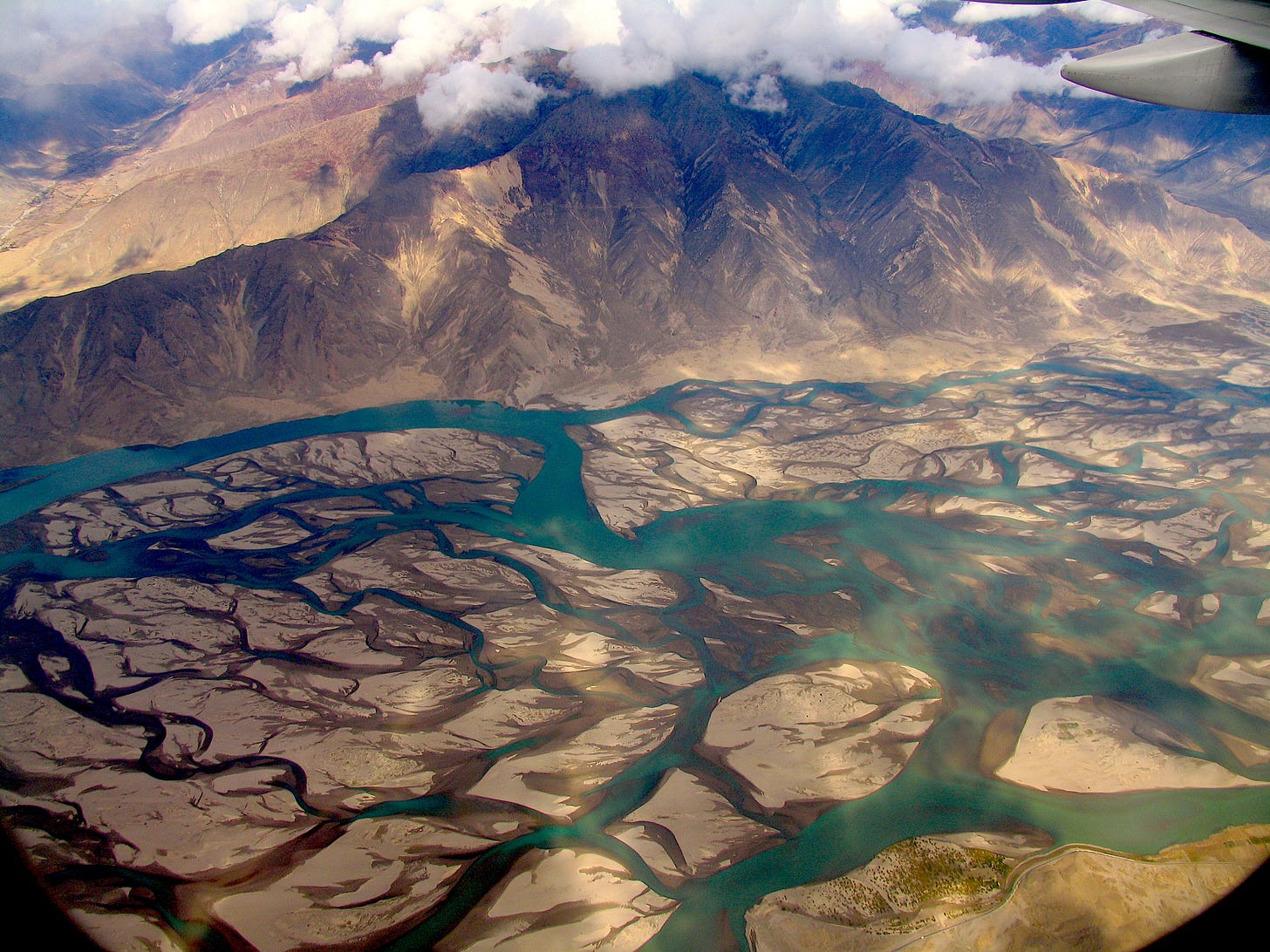Dear Friends,
I don’t know about you, but I would rather live in less interesting times. The NC-UML collision is looking shaky again, balloons are exploding at tourism campaigns, water is gushing out of sinkholes in Baber Mahal, and the Kathmandu-Tarai Fast Track is moving at a snail pace. (No offence to snails and other gastropods.)
Anyhoo, if all of this is giving you an anxiety attack, and you do not have a tranquiliser gun handy to knock yourself out, you can always fret about even more frightening things that could happen to the world.
For example, when I heard that the chances of asteroid 2024 YR4 hitting the earth on 22 December 2032 had just been increased to 3.1%, all of Nepal’s problems suddenly seemed very far away, making me feel much better.
If you worry about Kathmandu’s noxious air pollution reducing your lifespan by 3.2 years, fear not. The danger posed by dirty air pales into insignificance compared to the Doomsday Clock being readjusted to 30 seconds to midnight because of the bunch of bozos who now have nuclear launch codes.
And if Trump cancelling the DV lottery visa keeps you awake at night, remind yourself that climate breakdown will soon turn the Khumbu Icefall into Khumbu Waterfall, and Greenland will be Red-Blue-and-Whiteland.
If all this does not help, fall back on contemplating reincarnation and trust that we will all be reborn on a much cooler planet next time round.
From my experience, the most effective way to stop worrying is to grab your reading glasses and curl up with a good book. Which is why this week’s edition of Nepali Times is a BookIssue with reviews by Sonia Awale, Shristi Karki, Sudiksha Tuladhar, and moi.
Here are the books profiled:
Nepal in the Long 1950s, Edited by Pratyoush Onta, Lokranjan Parajuly and Mark Liechty
Nepal: A History from the Earliest Times To the Present by Axel Michaels
जङ्गबहादुर इन इंग्ल्याण्ड by Gajendra Budhathoki
हिमालपारिको हुरी by Sudheer Sharma
Rivers of the Asian Highlands: From Deep time to the Climate Crisis by Ruth Gamble, et al
Unruly Waters: How Rains, Rivers, Coasts and Seas have Shaped Asia’s History by Sunil Amrith
छालबाटो: कैलाशदेखि गङ्गासम्म by Ramesh Bhushal

On page 1, Sonia Awale takes stock of what the suspension of the $500 million MCC grant means for Nepal. One takeaway: Nepal must now be more self-reliant and look out for itself (The Great Game, Second Half).
Editorial on page 2 this week reviews a recent report by International IDEA crystal gazing to see what 2040 has in store for South Asia, looking at four scenarios: Decline, Continuation, Disciplined Improvement and Transformation. Which will it be? Find out here: South Asia 2040.
On page 4-5 Vishad Raj Onta looks ahead at the Spring 2025 mountaineering season, and reckons that the increase in climbing fees may not reduce the congestion on Mt Everest (Peak climbing season, 2025).
Hope the reviews will make you read the books we have selected.
Kunda Dixit






